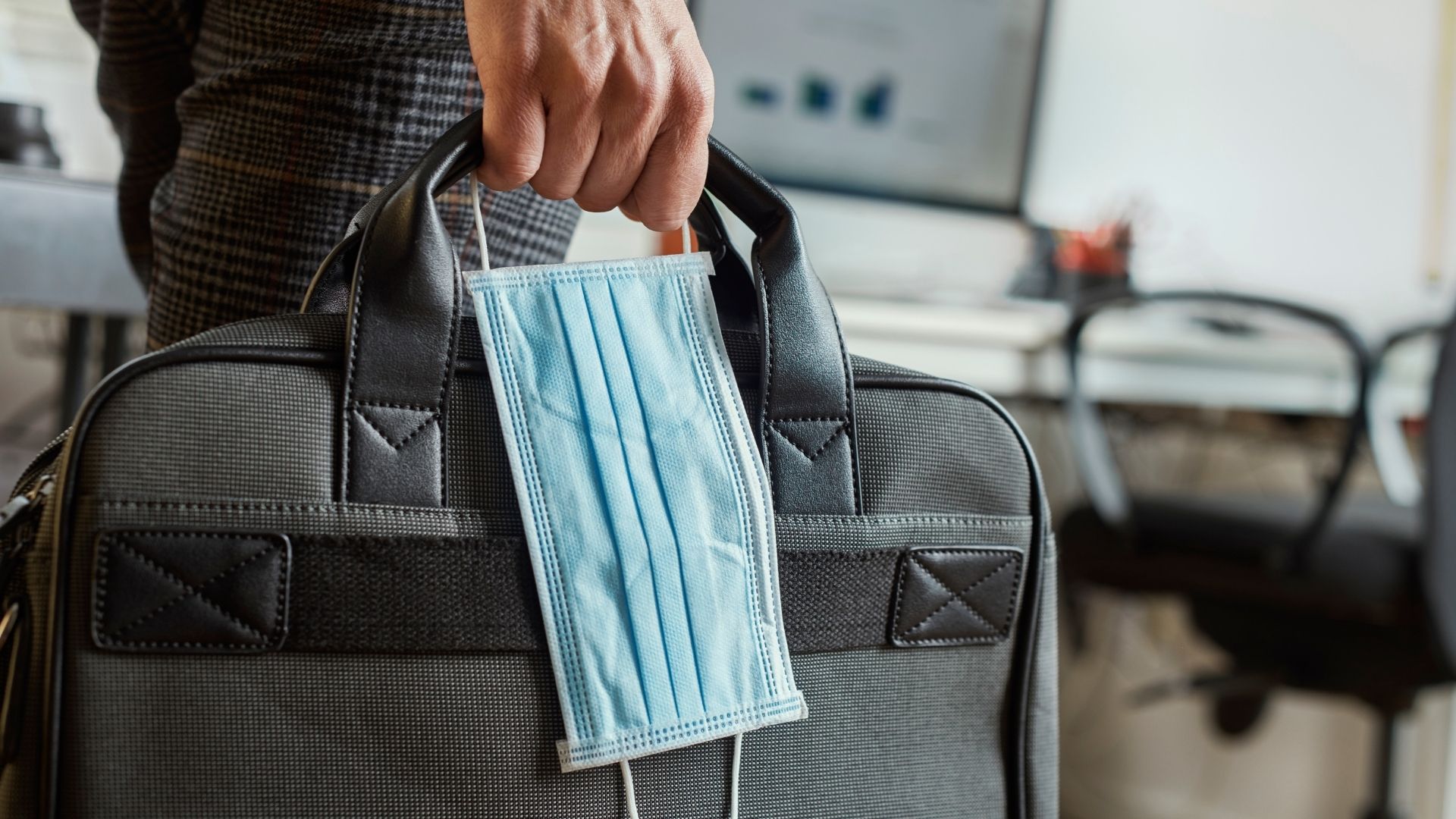Is This Our Last COVID Market Update?
For the last 23 months, COVID-related risks tempered nearly every pundit’s outlook for both the economy and the investment markets. “Future developments in COVID could alter our forecast” has replaced “Past performance is no guarantee of future results” in our cautionary lexicon. Today, as the U.S. records the most widespread COVID outbreak since the pandemic began, we are growing increasingly confident that we can soon retire this disclaimer. The newest variant is seemingly more infectious but less virulent.
We believe that COVID is shifting from a pandemic to an endemic, like the flu. We may experience new outbreaks for years to come, but the disruption to everyday life should continue to diminish. Vaccines are now widely available, and oral antivirals have been approved for emergency use. While COVID could remain a health and humanitarian crisis in many parts of the world, policymakers are implementing less stringent mitigation measures for shorter periods when outbreaks occur. Thus, we believe that COVID no longer presents a clear and present danger for the economy.
That said, we expect that many of COVID’s impacts, both the good and the bad, will persist for years to come.
- While we anticipate that more workers will return to the office in 2022 than in 2021, the increase in the remote and hybrid workforce is here to stay. Employers and workers realize the benefits of a more flexible work arrangement that balances face-to-face and Zoom interactions. Kastle’s barometer, which measures weekly key fob swipes into office buildings, shows that workers have steadily increased the number of days they spend in the office. While the Delta and Omicron variants likely slowed this trend, their impact was slight. We anticipate seeing the trend rebound now that the holidays are over, but the new normal may be closer to 50-60%.
Source: Kastle Back to Work Barometer
- The labor force is shrinking and repositioning. Labor force participation is down, particularly among individuals nearing the typical retirement ages. While some may decide to unretire, many are not likely to come back full-time. As the balance of power between employers and employees has shifted, it’s also driving career changes. This is most apparent in the leisure and hospitality industries, where workers are quitting their jobs at a rapid pace as opportunities in other higher-paying sectors abound. While these changes may create near-term economic risks, they may force businesses to increase their productivity over the long term. Indeed, several fast-casual restaurants are experimenting with a more automated experience, relying less on front-line labor.
Source: US Bureau of Labor Statistics
Source: US Bureau of Labor Statistics
- The fragility of supply chains should remain in focus. While these issues may be starting to ease over the last month, businesses and governments have recognized the need to diversify how and where they source inputs for their products. Interestingly, this is not exclusively a global issue. According to the Census Bureau’s Small Business Pulse Survey, the number one challenge businesses face is domestic-supplier delays.
Source: US Census
Lastly, there is the elephant in the room: global debt. Global debt reached a record $226 trillion (or 256% of world GDP) in 2020, with public debt accounting for almost 40% of all debt, the highest share since the mid-1960s. When all the accounting of 2021 is done, the numbers will likely be larger. At some point, these bills will come due.
While we may finally be entering a post-COVID economic regime, challenges for businesses, policymakers, and investors remain. With similar prudence of avoiding contracting the flu, COVID, or any other potentially life-threatening (or even just inconvenient) disease, investors should look to continue to reduce their risk through diversified portfolios.
